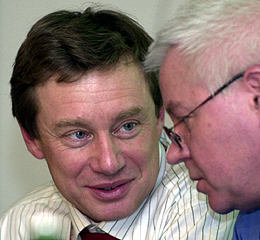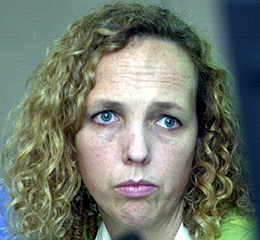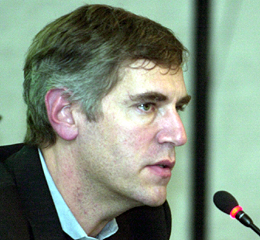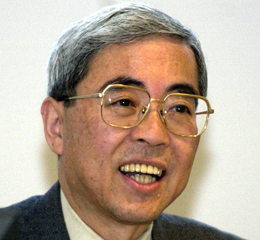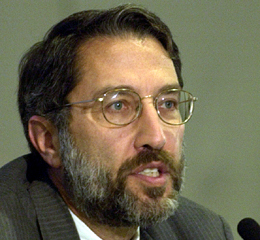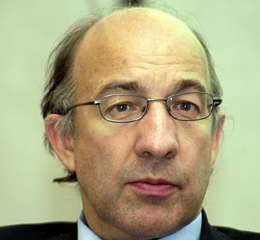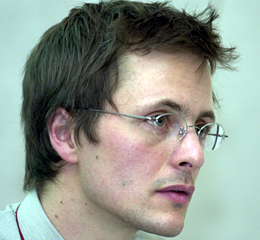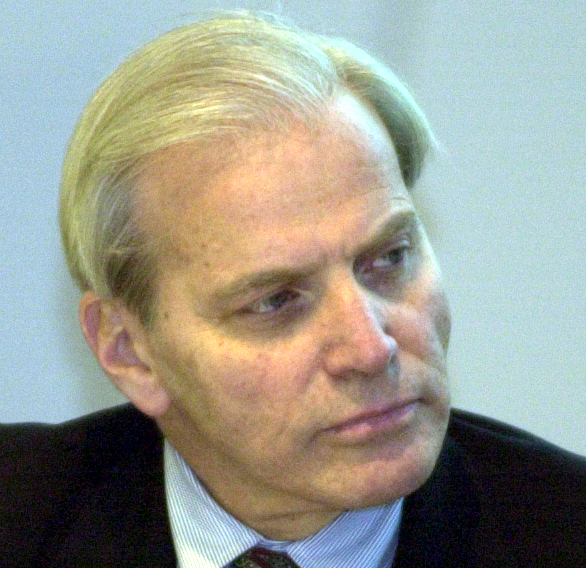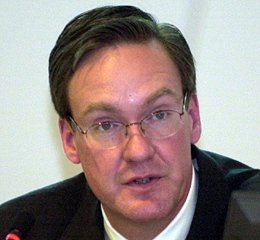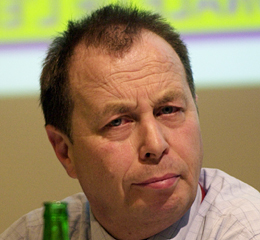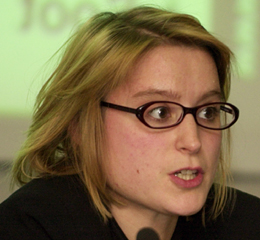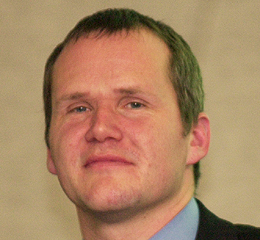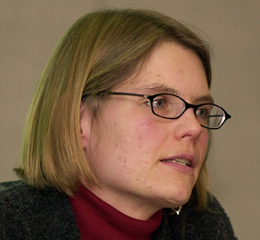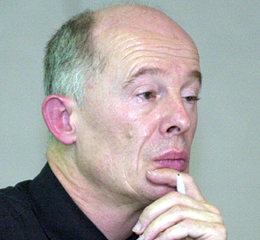Lu Xuedu, Ministry of Science and Technology of China, noted that China's CDM approval process is simple and efficient, and said that CDM projects should: reduce greenhouse gas emissions; have additional financial resources; promote technology transfer; and prioritize energy efficiency and renewable energy sources.
Corrado Clini, Ministry for the Environment and Territory of Italy, noted that his Ministry has been working with China to implement pilot projects on energy efficiency and renewable energy sources, particularly in the transportation sector.
Noting that China is a large and fast developing country, and consumes huge amounts of coal as primary energy resources, Liu Deshun, Tsinghua University, underscored the large potential to significantly reduce greenhouse gas emissions.
Zhao Xiusheng, Tsinghua University, outlined some case studies on the CDM conceptual design, and highlighted the importance of building capacity and sharing experiences, for developing CDM projects. He said China aims at CDM projects that involve low risk and promote technological advancement.
Andreas Oberheitmann, GTZ, said that the CDM alone cannot overcome the barriers faced by renewable energy sources such as wind power. He highlighted the importance of joint efforts to establish incentives for project developers and reduce transaction cost for CDM implementation.
Wei Zhihong, Tsinghua University, highlighted the CDM's potential in China, and noted that China's greenhouse gas emissions from the energy sector are projected to increase to 1090 tonnes of carbon in 2010.
Othmar Schwank, INFRAS Consulting Group, highlighted the technological and cost risks of CDM projects. He noted that CDM projects on wind power and biogas entail lower risks for project developers than transportation projects.
Richard Morgenstern, Resources for the Future, identified opportunities for small-scale CDM projects in China's energy sector. He said that a series of case studies were conducted in China, which focused on: evaluating emissions, technology, and financial and social impacts; meeting with developers and local authorities; and developing project development documents.
Zhihong discussed cooperation between Canada and China in the field of climate change, which focuses on capacity building in China to: promote sustainable development and poverty reduction; increase public awareness on climate change issues; and assist China in preparing its national communication.
Mitsutsune Yamaguchi, Keio University, highlighted the CDM potential for electric power projects in China, and said that the Chinese CDM analysis process includes: selecting CDM model plants and technologies; calculating baseline emissions; and estimating carbon dioxide reduction costs.
Osamu Kawaguchi, Keio University, said that his research focuses on methodologies for estimating carbon dioxide emission reduction and their application in CDM projects in north China. He explained that the project carried out simulations for reducing greenhouse gas emissions, and established baselines for electric power generation units.
Christine Zumkeller, UNFCCC, commended China's effort to develop CDM projects.
Preety Bhandari, TERI, on behalf of Rajendra Pachauri, IPCC, expressed concern about how to combine findings relating to small and large-scale projects, especially on the promotion of capacity building.
Holger Liptow, GTZ, noted that China is building a solid base for developing CDM
projects, and highlighted the need for China to spread its know-how beyond Beijing.



